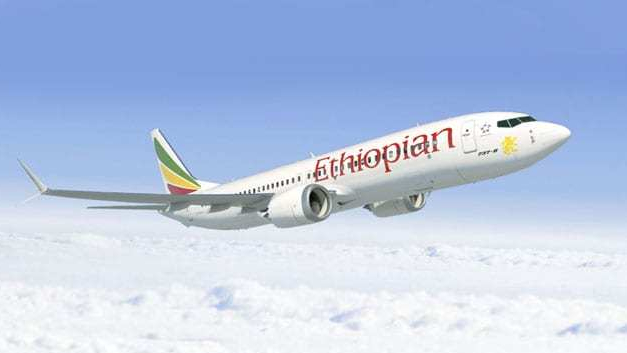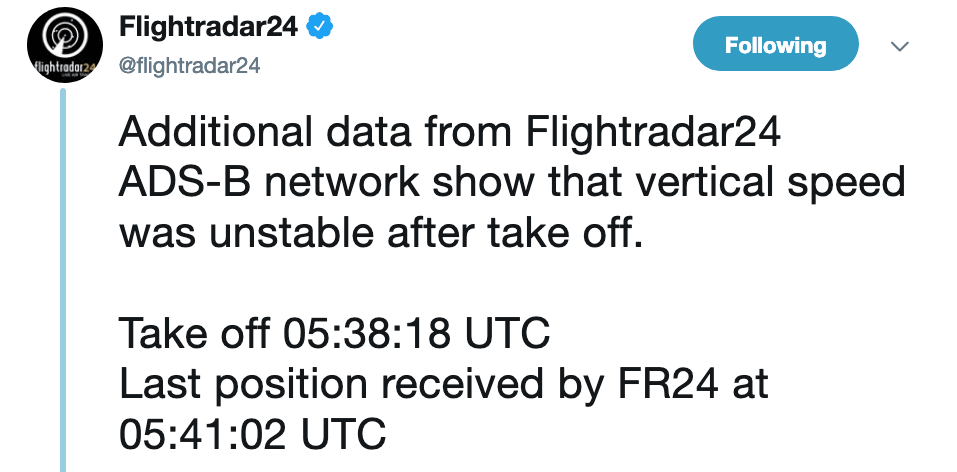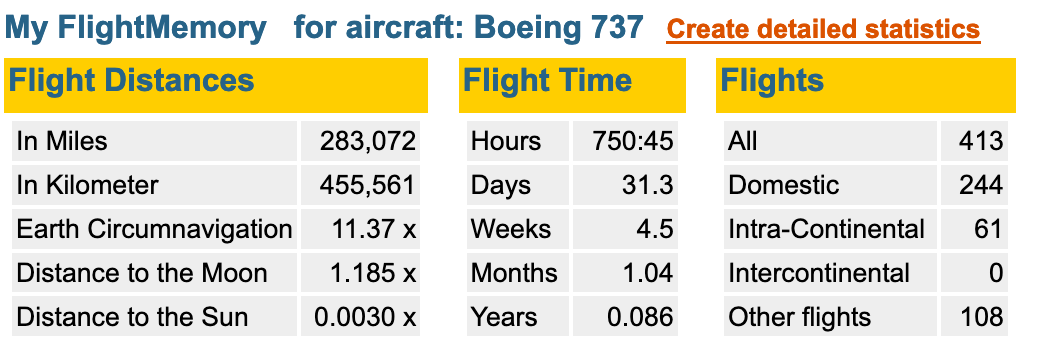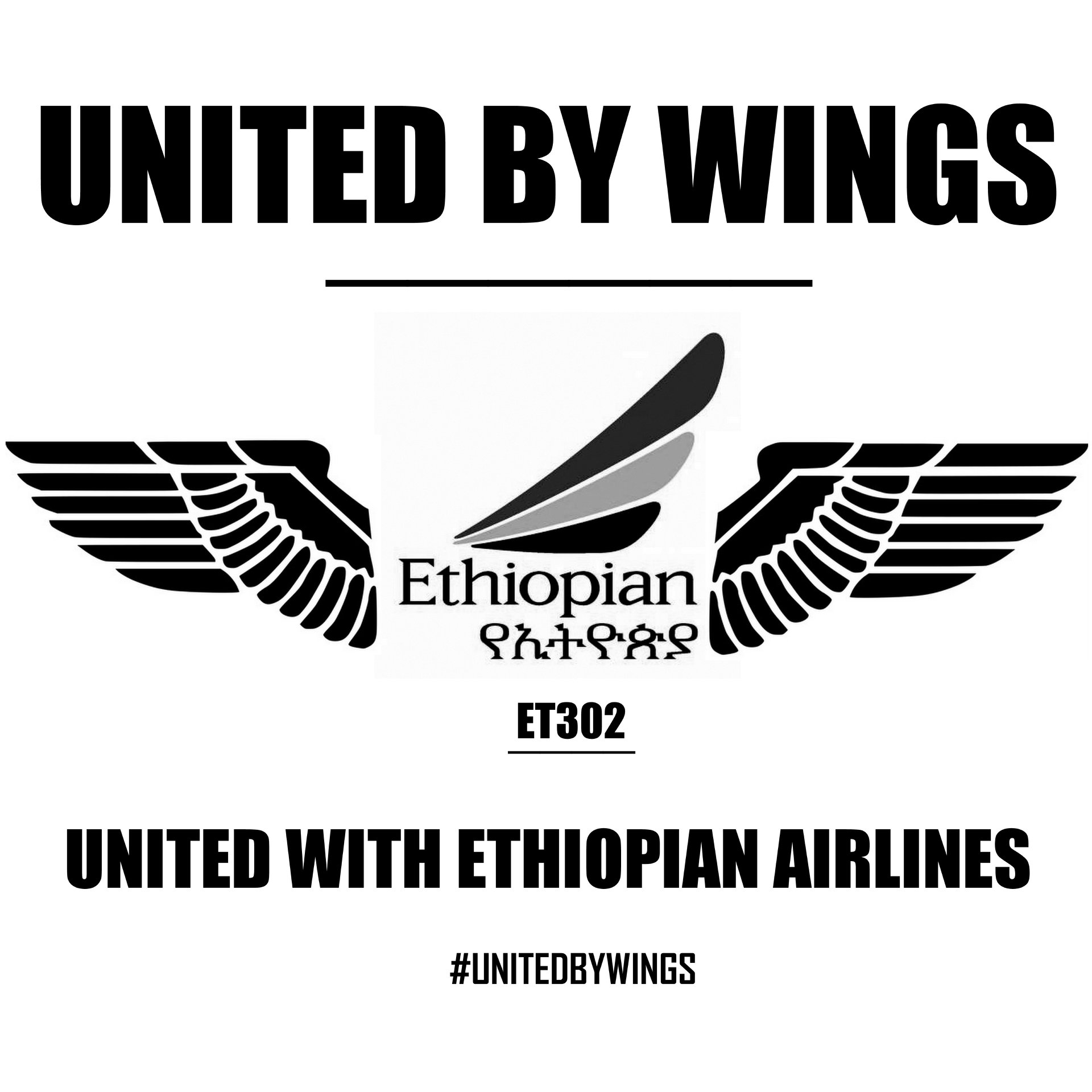Plane crashes are so rare these days, despite the huge volume of air traffic. Safety, systems, pilot training and modern aircraft have made air travel safer and safer. So the news of a tragedy is something that is surprising, gripping and terrifying.

Source: Boeing
At 844 in the morning of Sunday March 10th, a Boeing 737 MAX 8 registered as ET-AVJ, vanished from radar screens just six minutes from its departure from Addis Ababa, Ethiopia on a flight to Nairobi, Kenya. The plane was operated by Ethiopian Airlines as ET302.
Media in Ethiopia said 157 people died: 149 passengers and eight crew members from 35 countries were onboard. Those who have perished include the family of a member of the Slovakian parliament, staff members from the World Food Programme, four Italian aid workers, UN staff, three Austrian doctors, the Secretary General of the Kenyan Football Federation (FKF) and the protocol officer for the Somalian prime minister. The list of victims can be found here.
In a press conference, the CEO of Ethiopian Airlines announced that the pilot reported difficulties with the aircraft to Air Traffic Control and was given clearance to return to the airport.
Ethiopia’s House of People’s Representatives has declared Monday a national day of mourning for the victims of the crash. The Prime Minister of Ethiopia Abiy Ahmed has visited the crash site along with Tewolde Gebremariam, the CEO of the airline.
 More concerning is that in October, 2018, the same model of plane being operated by Indonesian budget carrier Lion Air as flight 610 crashed into the Java Sea, moments after take off from Jakarta. All 189 people died.
More concerning is that in October, 2018, the same model of plane being operated by Indonesian budget carrier Lion Air as flight 610 crashed into the Java Sea, moments after take off from Jakarta. All 189 people died.

Source: Wikipedia
I am not a pilot nor am I an air safety expert but I am concerned that we have had two fatal crashes now of an almost brand new plane. This does not feel normal in my books. Two out of 350 planes delivered is a not an insignificant percentage. Compare this to zero fatalities with the Airbus 350 and Boeing 787 (despite some well publicised initial 787 problems).
As someone fascinated with all things aviation, it brings back memories of the de Havilland DH 106 Comet, the world’s first commercial jet airliner which debuted in 1952. Within a year of entering airline service, three Comets literally broke up in-flight. I am not for one second suggesting that this new type is doomed but it is a concerning pattern for the 737 MAX.

- 9 Air (China)
- Aerolineas Argentinas
-
Aeroméxico
-
Air Canada
-
Air Changan (China)
-
Air China
-
Air Europa (Spain)
-
Air Italy
-
American Airlines
-
Cayman Airways
-
China Eastern Airlines
-
China Southern Airlines
-
Comair (Sth Africa)
-
Corendon Airlines (Turkey)
-
Eastar Jet (S Korea)
-
Enter Air (Poland)
-
Ethiopian Airlines
-
Fiji
-
flydubai
-
Fuzhou Airlines (China)
-
Garuda Indonesia
-
GOL Transportes Aéreo(Brazil)
-
Hainan Airlines
-
Icelandair
-
Jet Airways
-
Kunming Airlines (China)
-
Lion Air (I won’t fly this airline)
-
LOT – Polish Airlines
-
Lucky Air
-
Mauritania Airlines International
-
MIAT – Mongolian Airlines
-
Norwegian Air
-
Okay Airways
-
Oman Air
-
Royal Air Maroc
-
S7 (Russia)
-
SCAT Airlines (Kazakhstan) -Real name
-
Shandong Airlines (China)
-
Shanghai Airlines (China)
-
Shenzhen Airlines (China)
-
SilkAir
-
Smartwings (Czech)
-
Southwest Airlines
-
SpiceJet
-
Sunwing Airlines (Canada)
-
TUI Airlines Belgium and Netherlands
-
Turkish Airlines
-
United
-
WestJet (Canada)
-
Xiamen Airlines (China)
My thoughts to the families and friends of those who have perished in this most recent crash. May they receive comfort, peace and answers.

Related Posts
- My 350th Boeing 737 flight
- Qantas 737 Business between NZ and Australia
- My 300th 737 Flight
- After 299 times, I still don’t like the B737!
- My 737 Milestone-200 flights
- Tuesday Trip Report: 737th trip @ 737



I hope you can stand behind the allegations and claims made here. By spreading concerns, this could lead to financial impact to airlines and there may be a case made to tarnish a reputation
United operates 737 Max as well
Last minute equipment changes all the time. How are u going to ensure you don’t get on the plane?
I decided to avoid the 737 max last November when I learned Boeing had secretly implemented a new computer system called MCAS to prevent stalls without telling anyone. The 737 was designed before jetways so it sits close to the ground. To accommodate the larger diameter engines on the 737 Max Boeing had to move the engines forward. This shifted the center of gravity for the plane. During the testing of the 737 Max Boeing discovered that the jet was stalling. They created MCAS to angle the nose down automatically to prevent stalls.
Last August Boeing introduced the 737 Max 10 which will start flying in 2020. They are lengthening the landing gear by 9.5″. This will allow them to move the engines back to the original location and correct the stall problem – which means they no longer will need the MCAS system. It also means that at least 2 months before the first 737 Max crash they knew they had a problem and did not ground the jets.
Good to see there’s already action to ground 737-Max now.
https://www.straitstimes.com/asia/australianz/china-asks-local-airlines-to-ground-boeing-737-max-report
Exactly! My mind went straight to the Comet! The most radical changes on the airframe of the 737 model are the engine cowling and the scimitar winglets. Apart from that, it should be similar to every other successful iteration of the 737 since NG. People are saying software suite issues, but wouldn’t previous gens have similar software? Unless they haven’t gotten around to upgrading those.
Thanks Thiago. I think I have been vindicated